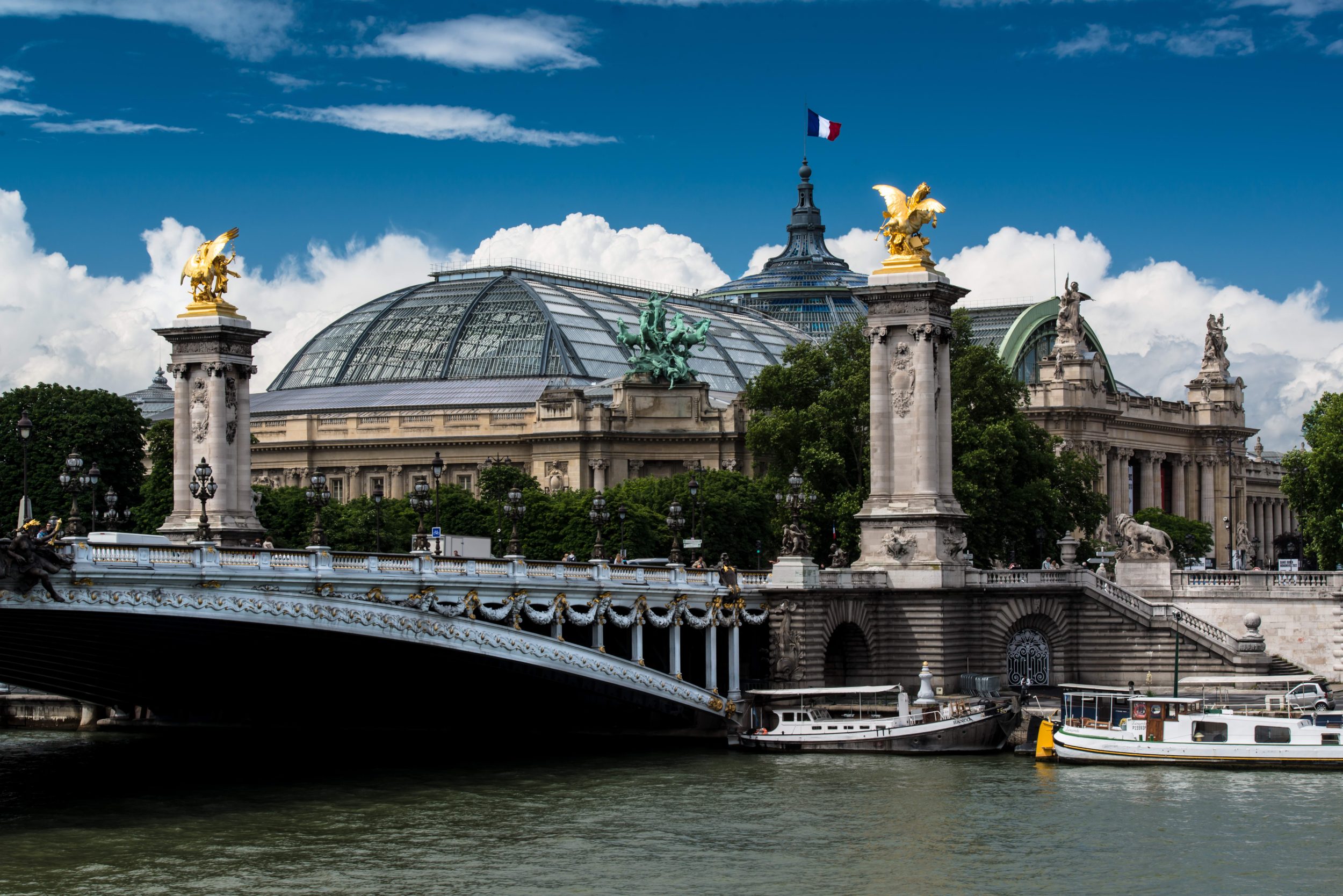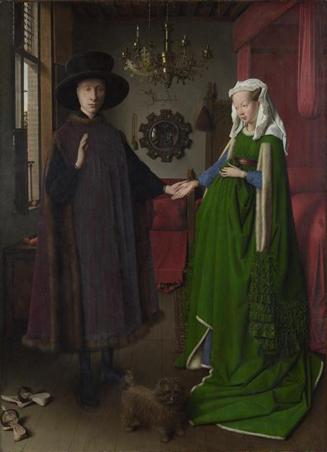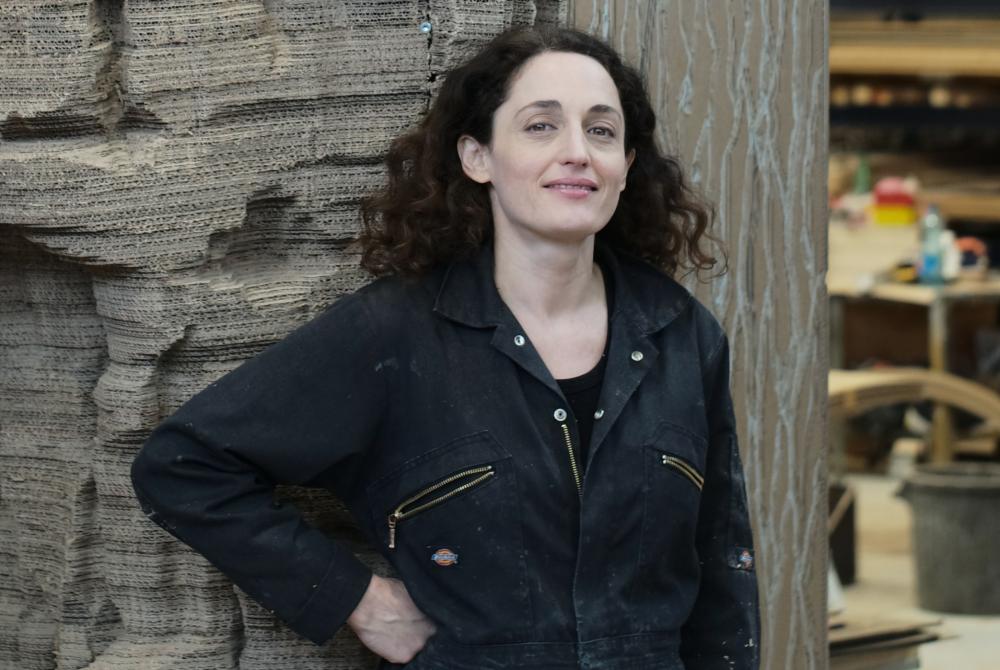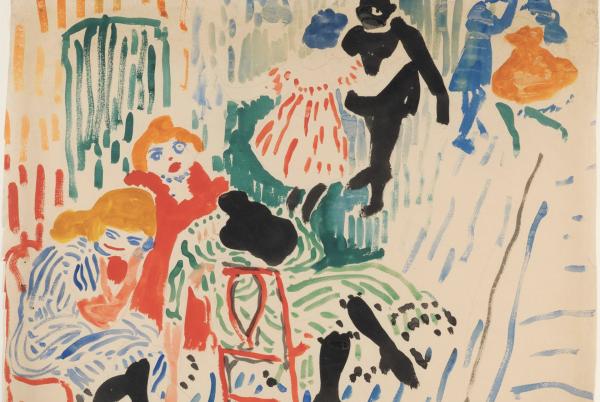Votre panier est vide
Besoin d'inspiration ?
Rendez-vous dans le programme en ligne du GrandPalais
Article -

The new Italian trends spread rapidly throughout Europe.
Artists there took these innovations on board and adapted them to their regional circumstances. Each artistic centre developed its unique style, its own Renaissance.
The kings of France were great patrons of the arts. François I (1494-1547), the most important ruler during the Renaissance, brought architects, sculptors, painters and gardeners to his court at Fontainebleau. The great Italian masters, Primaticcio and Rosso Fiorentino, decorated the château. Rosso worked on its Gallery. He installed paintings on mythological subjects surrounded by stucco sculptures (coated with whitewash, which was lighter and cheaper than marble). This movement within the French Renaissance was called the “School of Fontainebleau”.

François I also became patron to the famous painter Leonardo da Vinci (1452-1519). He gave him lodgings in his house at Clos Lucé, near his château. The artist worked there until the end of his life. This is how he came to leave the Mona Lisa as a legacy to France. Bernard Palissy was a potter. His work is a prime example of the Renaissance in France. He made brightly coloured enamelled ceramics. He was inspired by nature, and showed plants and animals on his dishes. According to one story, he burned all his furniture to increase the heat in his furnace!

Flemish artists invented oil painting and the new portable medium, canvas – it was the start of easel painting which spread through Europe. They differentiated themselves from Italian art. Flemish artists were fond of intimate interior scenes. The painters devoted themselves to painting the tiniest detail. Jean Van Eyck (c. 1390-1441), a very famous artist at that time, adopted new Italian techniques such as perspective, but kept the Flemish tradition of minute detail.

Albrecht Dürer (1471-1528) is the best known German artist of the Renaissance. He was a painter as well as an engraver. He travelled to Italy to study the works of Antiquity and the Renaissance. When he returned to Nuremberg in Germany, he passed on the new things he had learned in Italy: including humanism, perspective, and the study of anatomy. Adam and Eve shows an advanced study of anatomy and a passion for botany. In Melencolia I he gives us an allegorical representation of the artist troubled by the times, constantly questioning the world – humanist man.

The painter Hans Holbein (1497-1543) devoted himself to representing the human face. He painted portraits of courtiers, noblemen and merchants. They are faithful representations and bear social witness to the age. Look closely at the foreground of the painting The Ambassadors – there is a distorted image. If you turn your head to the side, you can make out a human skull. This is called a “vanitas”.

One artist stands out in the Netherlands, Hieronymus Bosch (c. 1450-1516). He rejected the Italian innovations. He did not want to represent reality like all his contemporaries, but instead to evoke an imaginary world full of monsters and fantastic creatures. A lot of things are happening in his paintings. He shows man’s vices and sins in a humorous way.


Votre panier est vide
Besoin d'inspiration ?
Rendez-vous dans le programme en ligne du GrandPalais
See content : In the fantastic world of Eva Jospin: 8 questions for the artist

Article -
At the Grand Palais, Eva Jospin's "Grottesco" exhibition offers a timeless journey. Mysterious caves, sculpted nymphaea, petrified forests and "embroidered tableaux" come together to form a world apart. In this interview, the artist reveals her sources of inspiration, her relationship with cardboard and embroidery, and the way she turns each viewer into an explorer of her fantastical landscapes.
See content : The "Dessins sans limite" exhibition is now open: 5 resources to make the most of it!

André Derain, Les Filles, 1905-1906, Aquarelle, encre de Chine et mine graphite sur papier 42,5 x 53,5 cm, Dation, 1994. AM 1994 - 80, Centre Pompidou, Paris
Article -
Drawing invites itself to the Grand Palais in a major exhibition: over 300 works by 120 artists, including many masterpieces are to be admired until March 15, 2026. Discover here the must-have tools to enhance your visit!
See content : Mickalene Thomas at the Grand Palais: an ode to love and black beauty!

Mickalene Thomas, Afro Goddess Looking Forward, 2015
Article -
It’s happening today! The exhibition All About Love opens its doors. With flamboyant portraits, self-assured bodies and bold expressions of femininity, Mickalene Thomas celebrates the beauty of Black women at the Grand Palais. A joyful and committed...